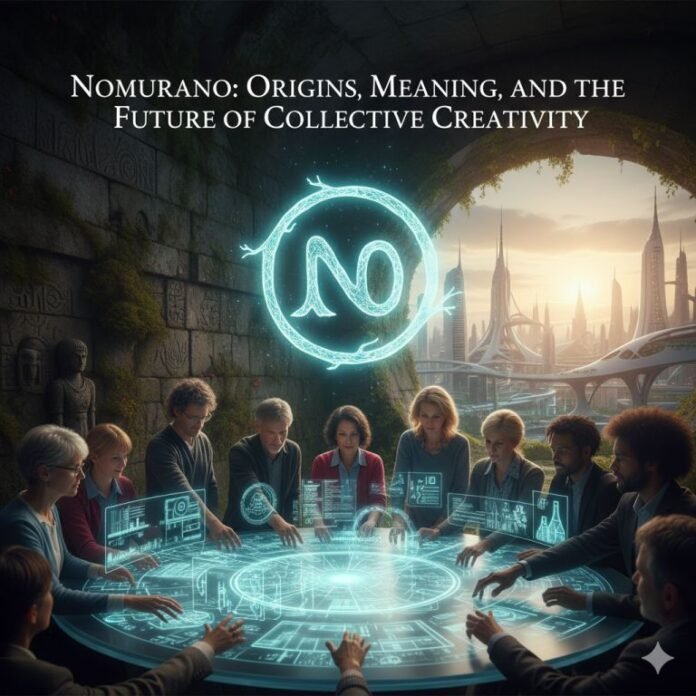
Overview of Nomurano
| Entity / Concept | Definition & Purpose | Sub-Entities / Key Aspects | Relevance in Modern Context |
|---|---|---|---|
| Nomurano | A fluid creative identity combining art, philosophy, and collaboration | Origins & Etymology, Principles, Applications, Community, Future Directions | Encourages shared authorship, open creativity, and evolving digital culture |
| Origins & Etymology | Historical and linguistic foundation of Nomurano | Pseudonym culture, cross-linguistic roots, artistic lineage, evolution over time | Defines how Nomurano emerged as a cross-cultural concept |
| Core Principles | Foundational beliefs and mindset of Nomurano | Process over product, shared authorship, ambiguity, decentralization | Provides the philosophical base for all Nomurano-aligned works |
| Applications | Creative and professional fields where Nomurano is used | Digital art, fashion, architecture, narrative, interactive design | Bridges conceptual theory with real-world creativity |
| Community & Collaboration | Networks that embody Nomurano | Anonymous creators, collectives, online forums, exhibitions | Sustains growth and reinvention of the Nomurano ethos |
| Future Directions | Speculative development of the idea | AI & generative design, education, urban design, publishing | Reflects its adaptability in emerging creative frontiers |
What Is Nomurano?
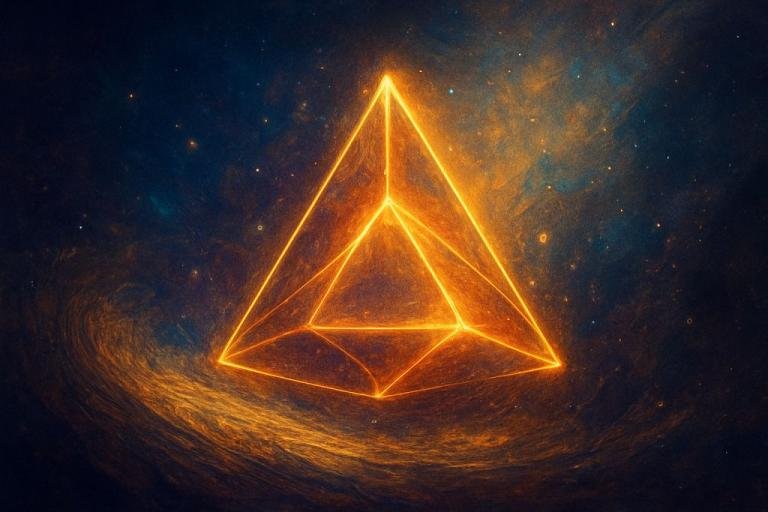
Nomurano is an evolving creative identity — neither a brand nor a person — that symbolizes shared imagination and participatory authorship. It allows individuals to produce work that thrives on ambiguity and invites interpretation. When an artist labels a project as Nomurano, they signal that the piece is open to change, remix, and co-creation rather than a finalized object.
Nomurano’s relevance extends across fields such as digital art, generative design, fashion, and architecture. Its defining feature is the way it collapses the distance between creator and audience: meaning is produced in the interaction, not unilateral proclamation.
Where Did Nomurano Come From?
Digital Identity and Pseudonym Culture
The earliest uses of Nomurano appeared in online creative communities where anonymity and shared handles blurred personal authorship. As people exchanged creative experiments and generative code, a few aliases were adopted by multiple users. Nomurano evolved from one such alias into a collective signifier—an emblem creators used to denote works that resisted individual ownership.
Cross-Linguistic Roots
The structure of the word carries multiple resonances: “no” implying absence or negation, “mura” recalling community or village in Japanese, and “ano” evoking the distant or that-which-is-over-there. Together these fragments produce an evocative term that invites multiple cultural readings. That hybridity helps Nomurano travel across languages and contexts with symbolic openness.
Cultural and Artistic Lineage
Nomurano draws on historical avant-garde impulses—Dada’s challenge to logic, Fluxus’s interdisciplinary performances, and conceptual art’s emphasis on idea over object. It differs by being born in networked spaces and by privileging collaborative, distributed production rather than single-author manifestos.
Evolution Over Time
What began as a username and a handful of collaborative projects became a broader stance toward making: labs, pop-up exhibitions, collaborative zines, and digital repositories adopted the term. Its growth shows how an open marker can shift from niche identity to a cross-disciplinary practice.
What Are the Core Principles of Nomurano?
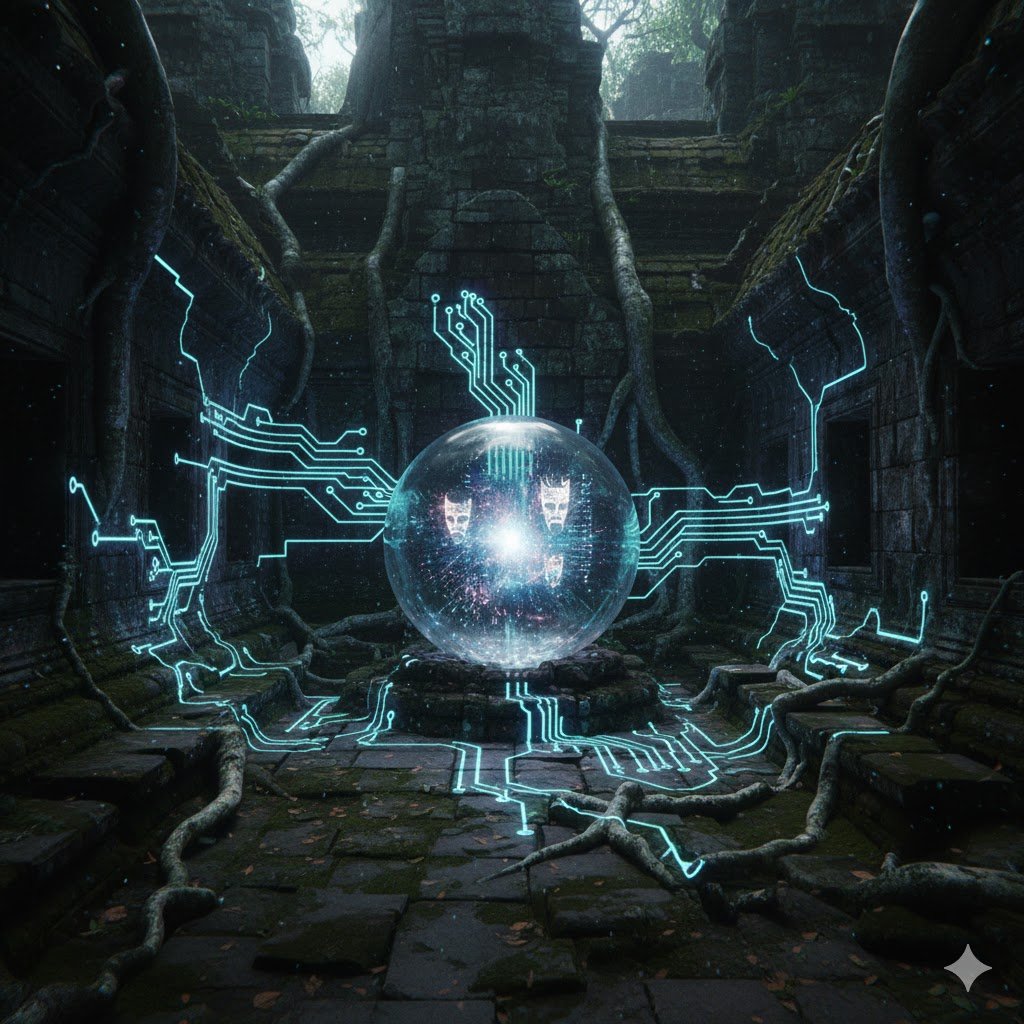
Process Over Product
Nomurano prioritizes creative evolution over finality. Works labeled Nomurano are often left deliberately unfinished or designed to change with contributions. The creative act becomes the work’s primary value, shifting attention away from static objects to ongoing processes that invite iteration.
Shared Authorship
Authorship under Nomurano is distributed. Multiple voices, tools, and systems contribute to the final form. This collective mosaic undermines the idea of single genius, replacing it with plural, layered contributions that each leave a visible trace in the project’s genealogy.
Ambiguity and Openness
Nomurano projects resist singular readings. They welcome multiple interpretations and often rely on participant input to generate meaning. This openness is not vagueness but a deliberate strategy to preserve interpretive multiplicity and to keep the work relevant across contexts.
Decentralization
There is no governing authority for Nomurano; it exists across decentralized platforms and micro-communities. This aspect encourages accessibility and continual reinvention, since there is no central gatekeeper to define inclusion or eligibility for the label.
Identity as Process
Under Nomurano, identity itself is a practice. Both creators and works shift over time, and the label functions as a living proposition that changes with each new adoption—always provisional, always open to reinterpretation.
How Does Nomurano Manifest Across Creative Fields?
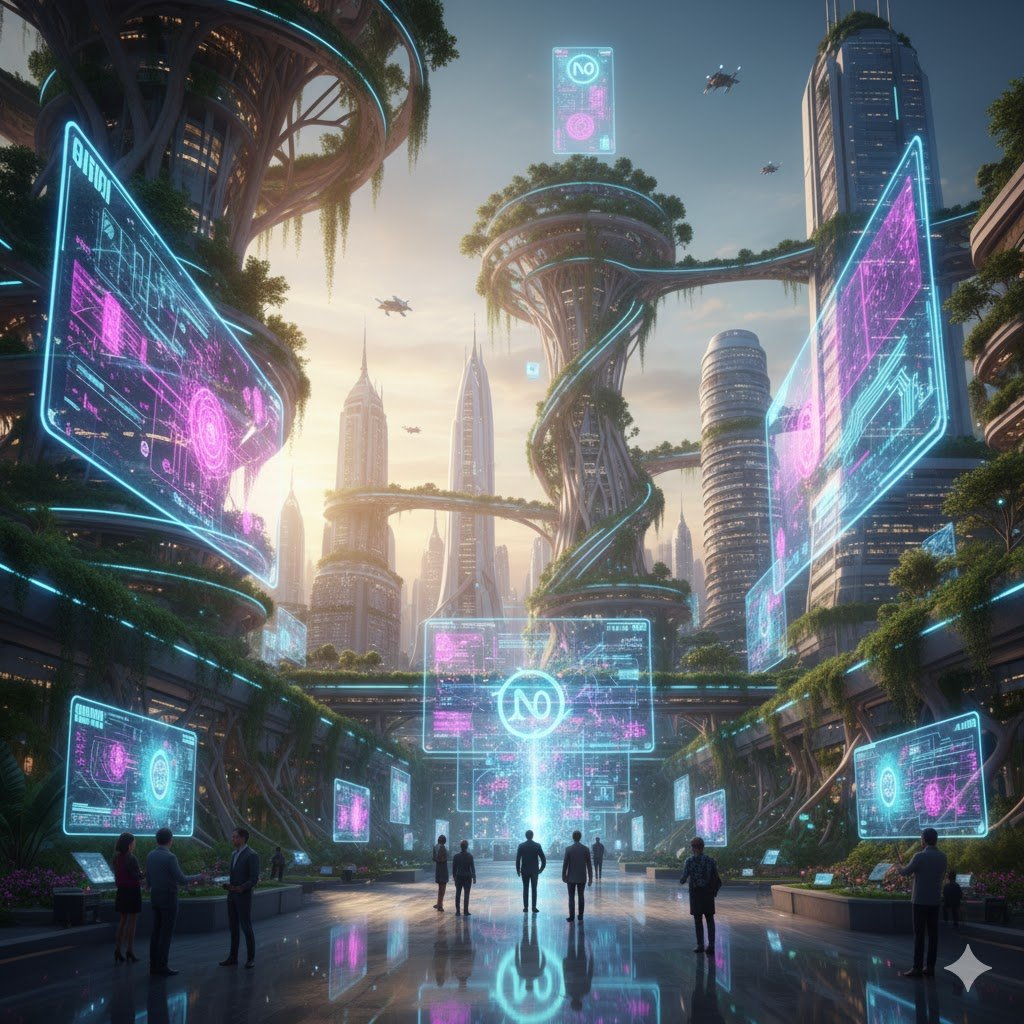
Digital Art and Generative Systems
Digital artists adopt Nomurano in generative works that morph over time or respond to environmental inputs. Algorithms can be released with permissive terms, allowing others to fork, remix, and extend the art in ways that intentionally destabilize a single definitive version.
Interactive Design
Designers use Nomurano principles to create interfaces and experiences that evolve with user input, turning consumption into participation. Instead of static displays, these interfaces become canvases that shift with use, local context, and collaborative edits.
Architecture and Spatial Design
In architecture, Nomurano suggests modular structures and reversible installations that adapt to inhabitant needs. These spaces can be reconfigured by communities, encouraging adaptive lifecycles rather than permanent fixtures.
Fashion and Object Design
Wearables built under the Nomurano approach emphasize reusability and modularity—pieces designed to be altered, patched, or re-layered. This approach aligns with sustainable consumption and invites user customization.
Narrative and Media
Writers and media-makers experiment with branching stories, multi-author anthologies, and live-edited texts. These narrative models keep the story open and responsive to reader interventions, creating narratives that are co-authored in real time.
Traditional vs. Nomurano Creative Models
| Aspect | Traditional Model | Nomurano Model |
|---|---|---|
| Authorship | Single creator or brand | Collective or anonymous collaboration |
| Process | Linear and outcome-driven | Non-linear and exploratory |
| Interpretation | Defined meaning | Multiple, evolving meanings |
| Control | Centralized | Decentralized |
| Completion | Fixed endpoint | Continuous evolution |
How Does the Nomurano Community Operate?
Anonymous Contributors
Nomurano flourishes because many contributors prefer anonymity or pseudonyms. By decentering personal fame, works can circulate without being confined by reputation economies. That fosters risk-taking and experimental practice.
Creative Collectives
Small, often international groups adopt Nomurano as a shared signature. These collectives interpret it through local sensibilities, bringing diverse cultural inflections to the same idea and keeping it malleable.
Online Networks and Forums
Independent forums, encrypted chat channels, and distributed repositories host Nomurano exchanges. These digital nodes act as incubators where ideas, code, and fragments get shared, forking into new projects.
Exhibitions and Events
Nomurano shows are often interactive: attendees alter installations, annotate works, or contribute new modules. Exhibitions become live continuations of the work rather than final presentations of it.
What Is the Future of Nomurano?
AI and Generative Design
AI deepens Nomurano’s potential by enabling systems that evolve autonomously or in response to new data. Models that learn from interactions can extend artworks beyond the original author’s intent, making machine contribution an explicit part of the creative process.
Urban and Environmental Design
Nomurano principles can inform adaptable public spaces—installations, facades, or green systems that change with climate, human use, and civic input. The city becomes a participatory canvas rather than a static backdrop.
Education and Learning Models
Educators can build Nomurano-style projects that privilege inquiry over predetermined outcomes. Classrooms become collaborative research spaces where students co-create curricula and learn through iterative practice.
Publishing and Authorship Experiments
Publishing formats that update dynamically—texts that shift across editions or respond to community annotations—fit naturally with Nomurano’s ethos. These experiments reconfigure how knowledge is produced and distributed.
Evolutionary Path of Nomurano
| Phase | Key Development | Impact on Creative Practice |
|---|---|---|
| Early Alias | Used as digital pseudonym | Sparked identity-free creative culture |
| Collective Identity | Adopted by groups | Encouraged shared authorship |
| Philosophical Expansion | Linked to art and design theory | Integrated into academic discourse |
| Technological Integration | Connected with AI and generative systems | Enabled machine collaboration |
| Global Diffusion | Adopted across disciplines | Became a universal creative framework |
Practical Applications of Nomurano Thinking
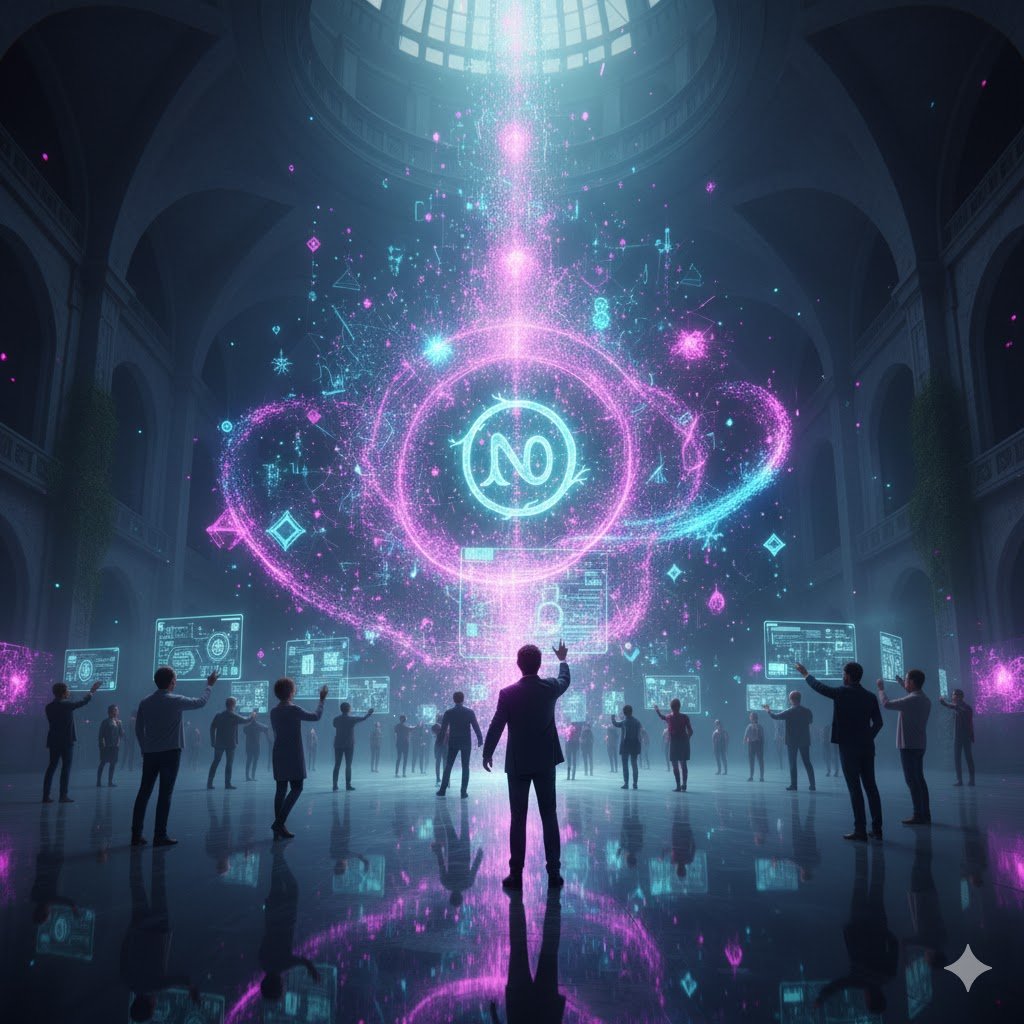
Artists, designers, educators, and organisations can apply Nomurano principles to create more open, collaborative, and resilient creative workflows. Below are practical, actionable approaches for different roles.
For Artists
Allow pieces to remain intentionally unfinished; publish work as modifiable repositories; invite community edits or live performances that alter the piece over time. Use open licensing where appropriate to encourage reuse and extension.
For Designers
Design modular systems that can be reconfigured by users. Favor patterns and components that are easily updated, localized, or adapted. Test with iterative pilot groups rather than single rigid roll-outs.
For Educators
Create assignments and projects that encourage co-creation and peer editing. Use collaborative digital tools that log contributions and let students witness the evolving artifact as a group achievement.
For Writers and Storytellers
Experiment with branching narratives and live-editable texts. Invite readers to submit alternative endings or annotate sections publicly, allowing the work to grow beyond the initial author’s perspective.
For Organisations
Adopt shared ownership models for creative initiatives, where teams rotate stewardship and projects evolve based on stakeholder input. Build spaces—physical and digital—that let employees or communities contribute to the organization’s creative output.
Comparative Analysis: Nomurano and Related Movements
Nomurano shares affinities with several historical and contemporary movements but retains a distinct posture focused on decentralization, process, and digital-native practices.
| Movement / Concept | Main Focus | Similarity to Nomurano | Key Difference |
|---|---|---|---|
| Dadaism | Rejection of logic & convention | Embraces creative freedom | Rooted in protest, not collaboration |
| Fluxus | Interdisciplinary experimentation | Shared authorship | More performative than conceptual |
| Postmodern Art | Multiplicity of meaning | Challenges fixed interpretation | Often ironic rather than participatory |
| Open-Source Design | Collective development | Decentralized creation | Focused on functionality, not philosophy |
| Nomurano | Ongoing creative identity | Embodies openness & evolution | Balances conceptual depth with practical adaptability |
Key Takeaways
- Nomurano represents fluid creativity and collective authorship in modern art and design.
- It bridges digital identity, philosophy, and collaborative innovation.
- The concept encourages participatory creation, adaptable systems, and open interpretation.
- Applications span art, design, architecture, education, and technology.
- Nomurano’s future will likely be shaped by AI-driven creativity, adaptive learning, and decentralized authorship models.
Frequently Asked Questions
Is Nomurano a person or a group?
Nomurano isn’t tied to a single person or group. It’s a shared identity that anyone can use to represent open and collaborative creativity.
How does Nomurano differ from traditional art movements?
Unlike traditional movements with fixed doctrines, Nomurano remains flexible and decentralized. It focuses on continuous evolution rather than manifesto-driven art.
Can anyone use the term Nomurano?
Yes. Nomurano is an open, non-proprietary concept. Creators worldwide use it to label projects aligned with its values of ambiguity, community, and transformation.
Is there a specific style associated with Nomurano?
There isn’t a single visual style. Instead, the unifying element is philosophy — open process, collective input, and dynamic interpretation.
How does technology influence Nomurano?
Technology, especially generative AI, expands Nomurano’s reach. It enables artworks and systems that evolve autonomously, deepening the dialogue between creator and creation.
Conclusion
Nomurano stands as both a creative identity and a living philosophy. It challenges conventional boundaries of authorship, design, and meaning. By merging anonymity with collaboration, and uncertainty with creation, it reshapes how art and innovation are perceived.
As technology, design, and culture continue to converge, Nomurano will remain a guiding symbol—one that redefines not just what we create, but how we create together.




